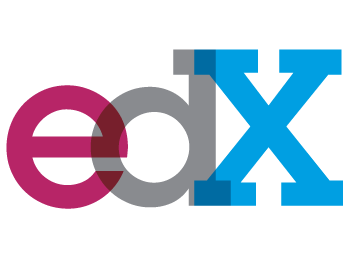MOOCs Come of Age (Almost)
The number of “massive open online courses” or “MOOCs” continues to grow, led by Coursera with over 200 free courses offered by over 30 universities and almost 2.3 million students worldwide as of this writing. Also based in Palo Alto CA, Udacity claims over a million online students. Harvard’s and MIT’s edX is experiencing similar growth in the number of classes and students. The original course offerings at all three virtual universities was heavily weighted to mathematics and computer courses, but lately all three have begun offering courses in the other liberal arts. In addition, practical courses like how to start a business are now offered.
Initially the concept was simply to provide free courses taught by instructors from top notch schools in the belief that quality education was a human right not a privilege. But the large amounts of money that have been invested by venture capitalists and the founders themselves are a sure sign that this type of teaching will be a for profit business. Coursera has invested $22 million, Udacity $15 million, and edX $30 million (see NYTimes), and are in the race to firmly establish their catalog of quality courses that could be licensed to other universities for a fee.
“Free” is always nice but sometimes you get what you pay for. While some 90% of MOOC students never complete the courses, those students who actually finish their course have requested some form of transferable class credit. In response, Coursera has asked the American Council on Education to evaluate some of its MOOCs to determine their creditworthiness.
ACE announced that “a team of academic faculty from relevant disciplines” would evaluate courses and exams and make college credit recommendations although actual credit would be awarded at the discretion of individual colleges and universities. ACE added “[T]hrough the ACE CREDIT Registry and Transcript System, adult learners who have successfully completed courses or exams with valid ACE CREDIT recommendations can obtain official transcripts for documentation.” As verification of completion, students will have to verify their identity to take a proctored exam (possibly on a webcam) and pay a fee in order to earn an ACE credit transcript. ACE credits are already accepted by a considerable number of colleges and universities. Some universities, such as the University of Washington, already give credit for selected Coursera MOOCs provided the student pays the fee upon registration.
The open question is how much will MOOC’s fees be? Certainly it is far less expensive for universities to develop online courses that can be repeated year after year with very little additional cost as opposed to classes held in brick and mortar classrooms taught by live teachers. How much should they charge for a MOOC? Will the verification process eliminate students who, for example, don’t have access to a webcam for their exams? There is no doubt, however, that MOOCs are here to stay, and that they will be less expensive than a traditional on-campus learning experience.



